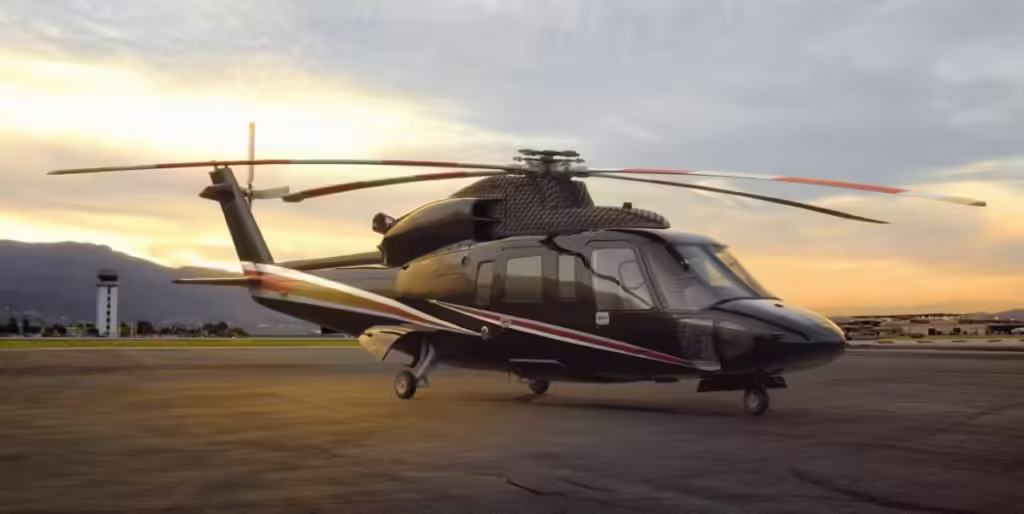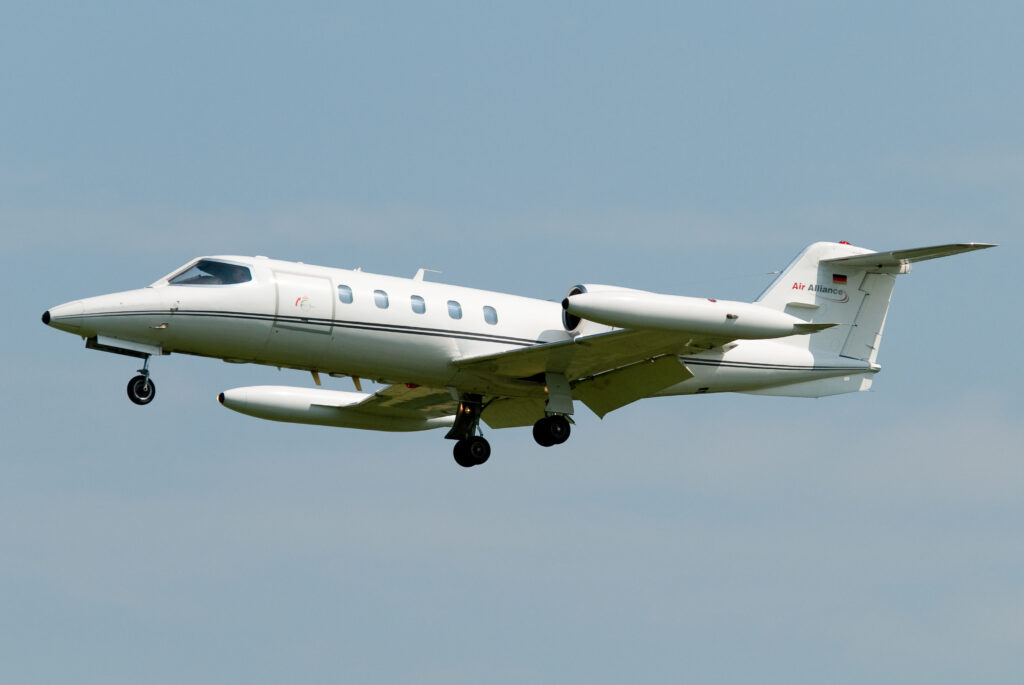When it comes to private aviation, the debate of private helicopter vs jet often arises. Whether you’re considering luxury, convenience, or practicality, understanding the nuances between these two aircraft types can help you make the right travel choice. This comprehensive guide breaks down everything from speed and cost to use cases and environmental impact—making your decision easier and more informed.
Understanding the Basics of Each Aircraft Type
What Is a Private Helicopter?
A private helicopter is a rotary-wing aircraft designed for flexible, short-range travel. It offers vertical takeoff and landing (VTOL), making it ideal for urban hops, resort access, and areas with limited infrastructure. Common models include the Airbus H125 and Bell 429, both known for safety, reliability, and agility.
What Is a Private Jet?
A private jet is a fixed-wing aircraft built for long-distance, high-speed travel. From light jets like the Cessna Citation M2 to ultra-long-range options like the Gulfstream G700, these aircraft offer luxurious cabins, onboard entertainment, and pressurized cabins for maximum comfort over thousands of miles.
Speed and Travel Distance Comparison
How Far Can You Go in a Helicopter?
Helicopters typically cover 250 to 400 miles per trip, flying at speeds between 120 to 160 mph. Their real strength lies in urban accessibility, not long-haul capabilities.
Jet Speeds and Intercontinental Travel
Private jets can cruise at 450–600 mph and fly up to 7,500 miles nonstop. They’re ideal for cross-country and intercontinental travel, offering unmatched time efficiency over large distances.

Takeoff and Landing Capabilities
Vertical vs. Runway Requirements
Helicopters don’t need runways—they land vertically, which allows them to reach remote or congested areas. Jets, however, require runways and airport clearance, limiting where they can land.
Flexibility in Landing Locations
From private estates to yacht decks, helicopters can land in diverse environments. Jets are confined to airstrips, albeit often private ones with VIP lounges.
Comfort and Cabin Space
Seating Arrangements in Helicopters
Helicopters typically seat 4–6 passengers. While spacious by helicopter standards, legroom and cabin noise are notable trade-offs.

Cabin Features of Private Jets
Jets win in this category. With plush leather seating, beds, conference rooms, and Wi-Fi, they are floating luxury suites. Most jets can accommodate 6 to 19 passengers with privacy and style.
Safety and Weather Considerations
Helicopter Stability and Risk Factors
Modern helicopters are safe, but they’re more sensitive to bad weather and mechanical faults. Pilots must navigate terrain carefully.
Jet Reliability and Turbulence Handling
Jets are safer for long distances and high altitudes. Advanced navigation systems and greater engine redundancy make them resilient in harsh weather.
Operating Costs and Fuel Efficiency
Helicopter Operating Costs
Hourly costs range from $1,200 to $2,000. Maintenance and fuel efficiency can be better than jets for short distances.
Jet Fuel Consumption and Maintenance
Jets can cost $2,500 to $8,000 per flight hour, depending on the model. They burn more fuel but offer better cost-efficiency on longer routes.
Environmental Impact
Emissions per Hour
Jets generally emit more CO2 per hour than helicopters, but newer models aim to reduce this footprint. Helicopters, being slower, can still pollute more over time due to inefficiencies.
Sustainable Aviation Options
Electric helicopters and hybrid jets are on the horizon. Operators increasingly offer carbon offset programs to lessen environmental impact.
Accessibility and Convenience
Landing Near Final Destination
Helicopters excel here—they can land closer to your actual destination, often avoiding the “last-mile” problem jets face.
Airport vs. Helipad Accessibility
Jets need hangars, runways, and airport staff. Helicopters can take off from parking lots, rooftops, and private fields—boosting their spontaneity factor.
Time Efficiency and Check-in Process
Boarding Time and Security Checks
Jets require some airport processing, though it’s faster than commercial flights. Helicopters allow near-immediate boarding, often with minimal checks.
Helicopter Transfer Speeds
For congested cities, helicopter transfers can cut 2-hour drives down to 10-minute hops, saving precious time.
Suitable Use Cases for Each Aircraft
Urban and Short-Distance Trips
Need to jump from Manhattan to the Hamptons? Helicopter is your best friend. They’re perfect for regional, time-sensitive trips.
Long-Haul and Business Travel
For transatlantic meetings or vacationing in Bali, a private jet is unmatched. Its speed, comfort, and range make it the ideal long-distance solution.
Chartering and Ownership Differences
Charter Options and Availability
Both helicopters and jets can be chartered, but helicopters are usually more available for quick, spontaneous trips.
Cost of Ownership: Jet vs. Helicopter
Owning a helicopter costs $1–3 million with annual expenses under $500,000. Jets range from $3–90 million, with upkeep costs that can cross $1M yearly.
Regulatory and Licensing Factors
Licensing Requirements for Pilots
Helicopter pilots require different training and licenses than jet pilots. Generally, fixed-wing licenses are more stringent due to the scale and risk.
Airspace Restrictions and Compliance
Both aircraft types must follow strict aviation regulations, but helicopters often navigate more flexible routes below controlled airspace.
Popular Models and Their Features
Top Private Helicopter Models
- Bell 429 – Quiet and smooth
- Airbus H145 – Luxury interior
- Sikorsky S-76 – Spacious and reliable
Leading Private Jet Models
- Gulfstream G650 – Ultra-long range
- Bombardier Global 7500 – High capacity
- Embraer Phenom 300 – Efficient and stylish
FAQs: Private Helicopter vs Jet
Which is faster: private helicopter or jet?
Private jets are significantly faster. Most jets cruise between 450–600 mph, while helicopters average 120–160 mph. If speed and long-distance travel are priorities, jets win hands down.
Which is safer: a private jet or helicopter?
Private jets generally have a stronger safety record, especially over long distances and in turbulent weather. While modern helicopters are also safe, they are more susceptible to mechanical challenges and weather-related disruptions.
Which is cheaper to operate: jet or helicopter?
Helicopters are usually more economical for short flights, with operating costs ranging from $1,200–$2,000 per hour. Jets are costlier, typically running $2,500–$8,000 per hour, but they’re more efficient for long trips.
Can helicopters fly in bad weather?
Helicopters are more vulnerable to adverse weather. Fog, wind, and lightning can significantly limit their operations. Jets are equipped with advanced avionics and can fly above weather systems, providing more consistent reliability.
Do private jets need airports to land?
Yes, jets require runways and airport infrastructure, although private airports can reduce wait times. Helicopters, on the other hand, can land in a much wider range of locations, including rooftops and remote areas.
What’s better for sightseeing: helicopter or jet?
Helicopters are superior for sightseeing. They can hover, fly lower, and access scenic landscapes like canyons, mountains, and coastlines—offering panoramic views that jets cannot match.
Conclusion: Making the Right Choice Based on Your Needs
Summarizing the Key Differences
The choice between a private helicopter vs jet hinges on several factors:
| Factor | Helicopter | Jet |
|---|---|---|
| Speed | Slower (120–160 mph) | Faster (450–600+ mph) |
| Range | Short (250–400 miles) | Long (1,500–7,500 miles) |
| Comfort | Basic to moderate | High luxury and space |
| Takeoff/Landing | Vertical; helipads/fields | Runway required |
| Cost | Lower operating costs for short trips | Higher initial and ongoing costs |
| Accessibility | Flexible; lands closer to destination | Requires airport or airstrip |
| Weather Reliability | Less stable in bad weather | Handles weather more effectively |
| Best For | Urban, sightseeing, short transfers | Business, intercontinental, luxury travel |
How to Choose Based on Your Priorities
- Choose a helicopter if your focus is urban mobility, sightseeing, or short transfers with landing flexibility.
- Opt for a jet if you need long-distance travel, luxury, or consistent scheduling without weather limitations.
Whether you’re a business executive, a travel enthusiast, or someone planning your next luxury escape, evaluating your needs will point you in the right direction.

Leave a Reply